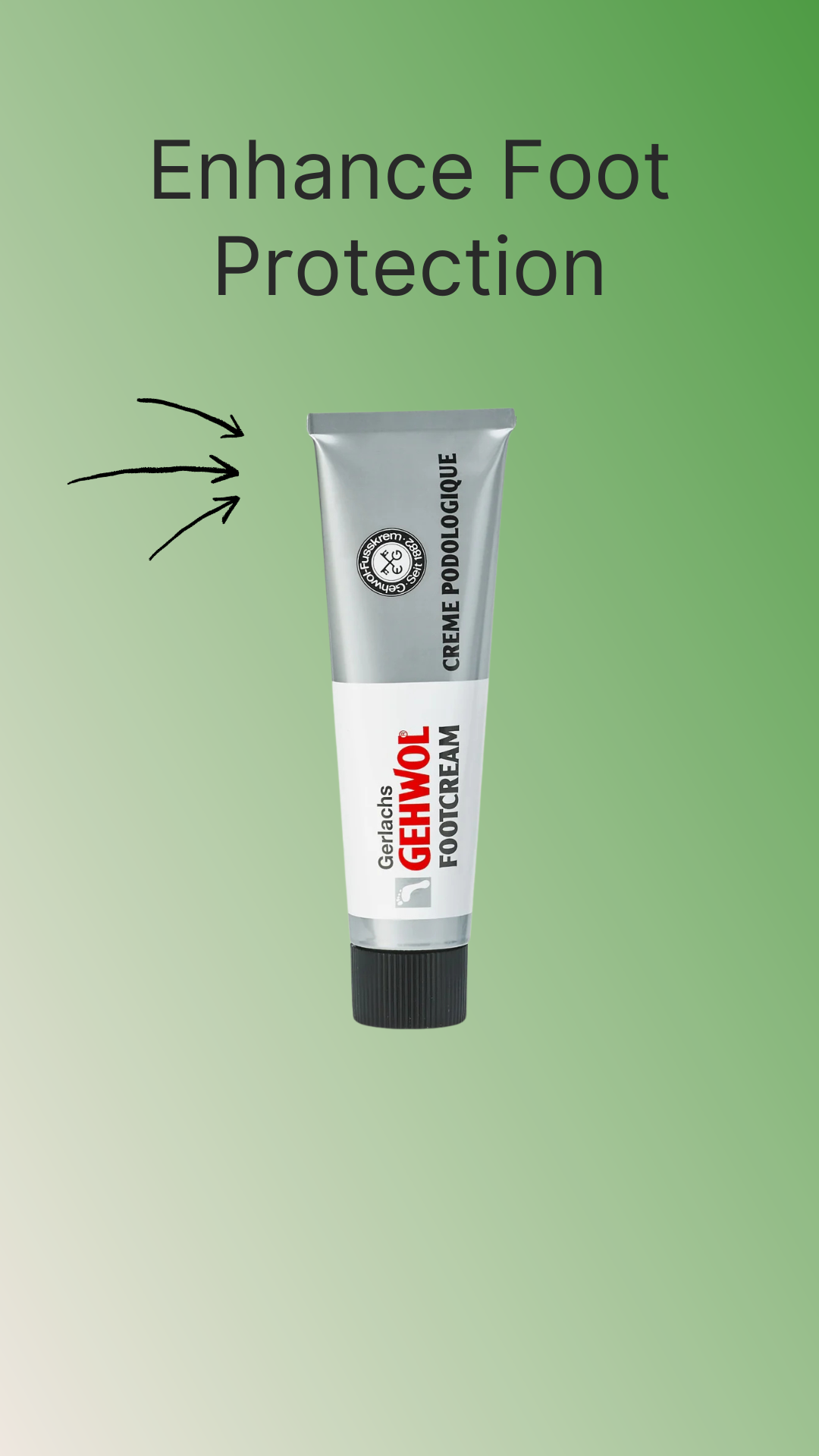Introduction
Overpronation is a common biomechanical issue where the foot rolls inward excessively during walking. While a small degree of pronation is normal and helps absorb shock, overpronation shifts weight unevenly across the foot, leading to pain, fatigue, and misalignment.
In the UK, overpronation is a frequent cause of foot, ankle, knee, hip, and even lower back problems. It’s often linked to flat feet, weak arches, or poorly fitted footwear. Left unmanaged, it can contribute to conditions such as plantar fasciitis, shin splints, bunions, and joint strain.
The good news is that the right footwear can make a dramatic difference. Orthopedic shoes designed for overpronation provide arch support, cushioning, and stable soles that correct alignment and reduce stress on the body. In this blog, we’ll explore why supportive shoes matter, the features to look for, and how orthopedic designs can restore comfort and mobility.
Why Shoes Matter for Overpronation
Correcting Alignment
When the foot rolls inward too much, the ankle and knee follow, leading to poor posture and joint strain. Shoes with firm arch support and stable heel counters guide the foot into better alignment.
Reducing Pain
Overpronation can cause pain in the heel, arch, and ball of the foot. Supportive shoes cushion these areas, absorbing shock and relieving discomfort.
Preventing Secondary Issues
Conditions like plantar fasciitis, shin splints, and bunions are often linked to overpronation. Proper footwear helps prevent these problems from developing or worsening.
Improving Stability
Wide, structured soles reduce wobbling and give wearers more balance—especially important for older adults or those with weak joints.

Key Features of the Best Shoes for Overpronation in the UK
Firm Arch Support
The most important feature. Arch support prevents excessive inward rolling and distributes pressure evenly across the foot.
Cushioned Insoles
Absorb shock and reduce pain in the heel, arch, and forefoot. Memory foam or gel padding is particularly effective.
Wide, Stable Soles
Provide balance and reduce the risk of ankle injuries.
Rocker Soles
Encourage natural gait, reducing strain on the forefoot and improving walking efficiency.
Strong Heel Counters
Keep the foot aligned and prevent excessive inward collapse.
Removable Insoles
Allow for custom orthotics or specialist insoles if prescribed.
Breathable Materials
Help keep feet comfortable during long periods of standing or walking.
Everyday Benefits of Orthopedic Shoes for Overpronation
-
Better posture: Improved alignment reduces strain on ankles, knees, hips, and back.
-
Pain relief: Cushioned soles and arch support ease foot discomfort.
-
More stability: Wide, structured bases reduce the risk of falls.
-
All-day comfort: Ideal for long shifts, errands, and everyday wear.
-
Improved mobility: Supportive shoes encourage more active lifestyles without pain.
Lifestyle Scenarios
-
Work shifts: Teachers, nurses, and retail workers benefit from cushioned, stable shoes during long hours on their feet.
-
Exercise: Supportive walking shoes reduce injury risk during light activity.
-
Elderly wearers: Stability and support prevent falls and promote confidence.
-
Everyday use: From shopping to social outings, supportive shoes make walking easier and more comfortable.
FAQ – Shoes for Overpronation
Q: What causes overpronation?
A: It is often linked to flat feet, weak arches, or genetics. Poor footwear can make it worse.
Q: Can overpronation cause knee or back pain?
A: Yes, because poor foot alignment affects posture and places stress on joints.
Q: Are rocker soles good for overpronation?
A: Yes, rocker soles promote smoother gait and reduce forefoot strain.
Q: Do I need custom orthotics for overpronation?
A: Some people benefit from them, but orthopedic shoes with built-in arch support can also provide significant relief.
Q: Are trainers good for overpronation?
A: Only if they include firm arch support and stable soles. Standard trainers without structure may worsen the problem.
Q: How often should shoes for overpronation be replaced?
A: Every 12–18 months, or sooner if arch support and cushioning wear down.
Final Thoughts
Overpronation may seem like a small issue, but it can have big consequences for posture, comfort, and long-term joint health. The best shoes for overpronation in the UK provide firm arch support, cushioning, and stability, helping wearers correct alignment and reduce pain.
For people struggling with foot or joint discomfort, supportive orthopedic footwear is a simple but effective solution. By investing in shoes designed for overpronation, individuals can protect their feet, improve mobility, and enjoy a more active, comfortable lifestyle.



